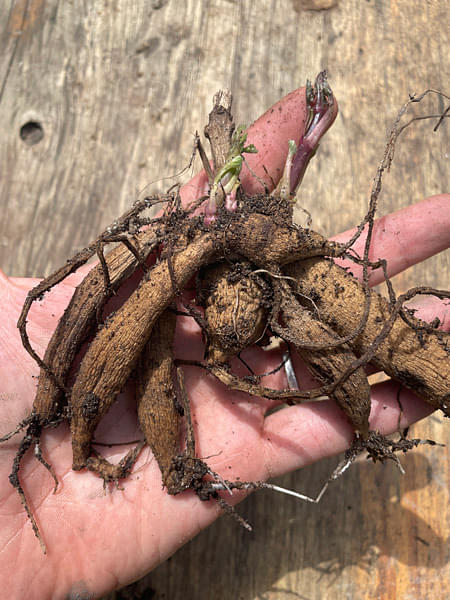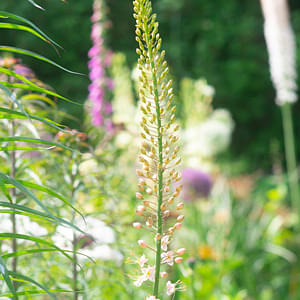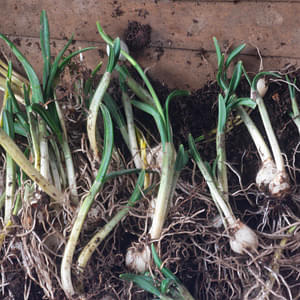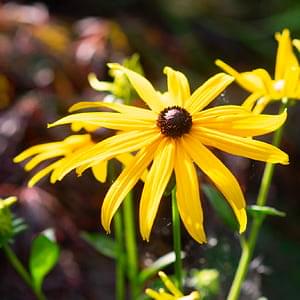How to plant polianthes (agaves amica)
- How to plant Bulbs - Spring planting plants
- 25 Feb 2020
-
44views
Formerly known as polianthes tuberosa, agaves amica are wonderful tuberous plants native to Mexico bearing sumptuous pearl white scented flowers and strap-like leaves. Commonly cultivated for the elaboration of perfumes and bouquets, these tender beauties will fill the air with their intoxicating perfume. Equally suited to the sheltered border and the conservatory, they will look especially fantastic planted en masse or mixed with tall-growing varieties such as agapanthuses, gladioli and eucomises. They can also be woven through ferns.
Planting
Plant around 10 cm deep in moderately fertile, well-drained soil in full sun. It is advisable to lift the tubers before the first frost and store in sand.
If you’re looking to fill the summer garden with perfume than Polianthes Tuberosa will do just that; tall slender stems with clusters of intensely fragrant flowers perfect for pots indoors or outdoors, the bulbs first year can be slow to start but they are so worth the wait.
Polianthes are frost tender and need to be started indoors, plant in a good loam-based soil and place in a warm area minimum 15°C where they will receive plenty of light. Lightly water once then do not water again until the first leave appears, then keep the soil moist but not wet during the growing season do not let them dry out, feed every couple of weeks with high potash feed like tomato fertilizer of if you grow organically liquid seaweed.
After flowering allow the Polianthes to die back naturally once all the leaves and stalk have died back you can remove them and stop watering, you can leave in the pot and store indoors in a frost-free place, if taking out of the pots store in sand or dry loam.
If planting outdoors avoid cold windy areas, you can stand the pots on the patio near a door or window where you can enjoy their fragrant aroma or sink the pots in the garden lifting them as soon as the foliage and flower stem has died back
- Always unpack on arrival and store in cool place until ready to plant.-
Potential problems, pests and diseases:
Polianthes and trouble free but can be susceptible to thrips or grey mold and rot if over watered.
They may be affected by viruses. Usually transmitted by aphids, these can cause a number of problems ranging from the appearance of deformed leaves and flowers to colour patterns and streaking.
Try to prevent infections with a garlic spray or insecticide and lift and destroy any badly affected plants.













